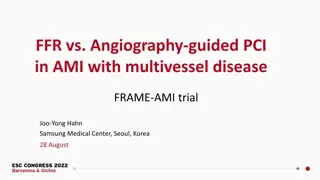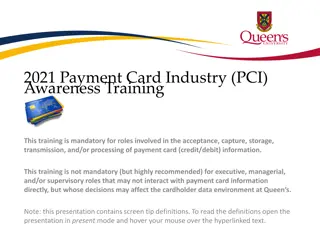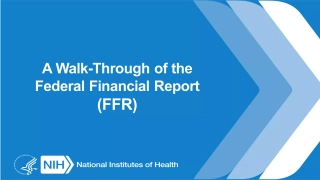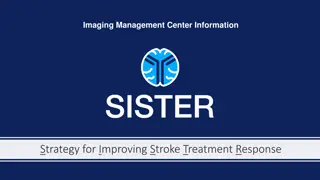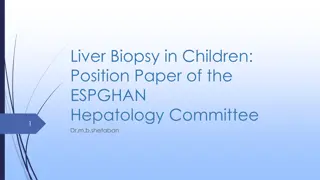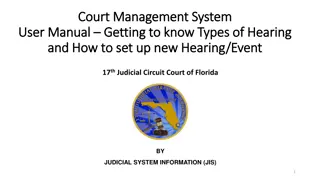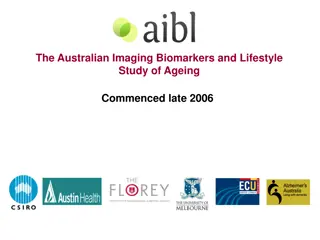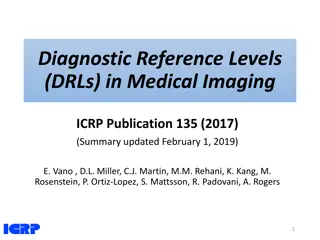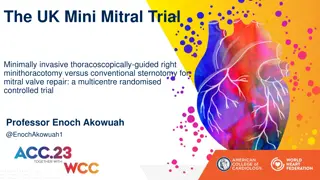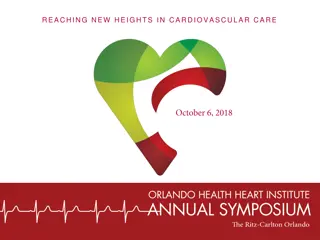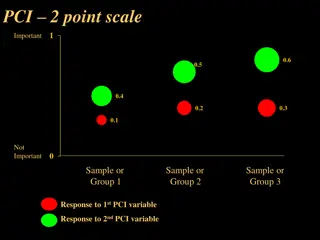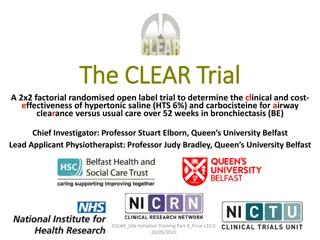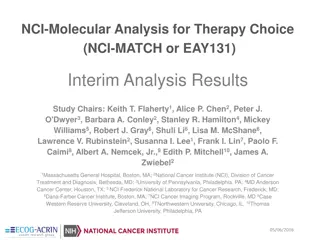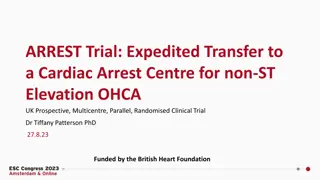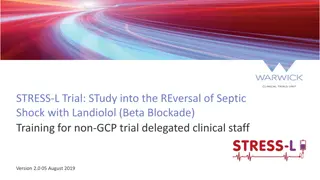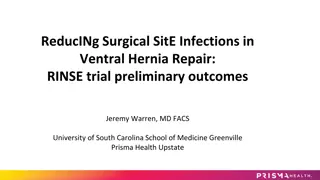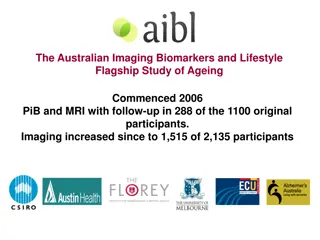Prognostic Value of Post-PCI FFR and Intravascular Imaging in FAME 3 Trial
This study investigates the prognostic value of measuring post-PCI Fractional Flow Reserve (FFR) and intravascular imaging in patients with complex 3-vessel coronary artery disease (CAD), focusing on the impact on outcomes such as target vessel failure (TVF), including cardiac death, target vessel myocardial infarction (TVMI), and target vessel revascularization. The results highlight the predictors of post-PCI FFR and their association with 1-year outcomes. Post-PCI FFR values above a certain threshold were found to be correlated with lower rates of TVF, emphasizing the significance of this assessment in managing patients with CAD.
Download Presentation

Please find below an Image/Link to download the presentation.
The content on the website is provided AS IS for your information and personal use only. It may not be sold, licensed, or shared on other websites without obtaining consent from the author. Download presentation by click this link. If you encounter any issues during the download, it is possible that the publisher has removed the file from their server.
E N D
Presentation Transcript
Prognostic Value of Post-PCI FFR and Intravascular Imaging in the FAME 3 Trial TCT Template Title 30 pt Bold Arial Zsolt Pir th MD PhD FESC FACC Gottsegen National Cardiovascular Center Budapest, Hungary On behalf of the FAME 3 investigators John Doe, MD Subtitle 25 pt Arial Bold Italics
Disclosure Statement of Financial Interest Within the past 12 months, I or my spouse/partner have had a financial interest/arrangement or affiliation with the organization(s) listed below. Affiliation/Financial Relationship Consulting Fees/Honoraria Company Abbott, Boston Scientific, OpSens
Background The prognostic value of measuring post-PCI FFR after DES implantation in patients with complex 3-vessel CAD is unknown The impact of intravascular imaging (IVUS/OCT) is also poorly defined in this setting Investigators were requested to measure post-PCI FFR and IVUS/OCT guidance was tracked Faculty disclosure information can be found on the app
Post-PCI FFR Flowchart PCI arm N=757 pts Without post-PCI FFR N=296 pts (39%) With post-PCI FFR N=461 pts (61%) Valid data vessels N=854 3 LMT 56 side branches (main vessel enrolled) N=795 vessels RCA LAD* LCX N=220 (28%) N=382 (48%) N=193 (24%) *N=12 (1.5%) were diagonal branches included as LAD
Predictors of Post-PCI FFR Partial Regression Coefficient P value Variable 95% CI -0.012 -0.018 to -0.006 <0.001 Male sex -0.024 -0.029 to -0.019 <0.001 LAD 0.020 0.009 to 0.031 <0.001 Minimum stent diameter -0.0004 -0.0006 to -0.0001 0.006 Total stent length 0.004 0.15 Diabetes mellitus -0.002 to 0.010 0.025 -0.012 to 0.062 0.18 Baseline FFR Faculty disclosure information can be found on the app
Primary Endpoint: TVF at 1 Year (Vessel-Level Analysis) 5.7% 2.1% Post-PCI FFR 0.88 367 360 355 351 345 Post-PCI FFR >0.88 428 427 427 415 414 TVF = Target Vessel Failure, defined as cardiac death, target vessel MI, or target vessel revascularization (vessel-level)
1-Year Outcomes Based on Post-PCI FFR (Vessel-Level Analysis) Outcome HR 95% CI P value TVF (Cardiac death, TVMI, TVR) 0.67 0.48 0.93 0.017 0.81 0.66 0.98 Cardiac death 0.029 0.72 0.45 1.16 0.18 TVMI 0.75 0.55 1.04 0.09 Cardiac death + TVMI 0.64 0.41 1.00 0.051 TVR
Secondary Endpoint: TVF at 1 Year (Patient-Level Analysis) 6.1% 3.8% Post-PCI FFR 0.88 299 294 289 284 280 Post-PCI FFR >0.88 162 161 161 157 156 TVF = Target Vessel Failure, defined as cardiac death, target vessel MI, or target vessel revascularization (patient-level)
1-Year Outcomes Based on Post-PCI FFR (Patient-Level Analysis) Outcome HR 95% CI P value TVF (Cardiac death, TVMI, TVR) 0.65 0.48 0.89 0.0074 0.89 0.70 1.14 0.36 Cardiac death 0.72 0.50 1.05 0.08 TVMI 0.77 0.56 1.04 0.08 Cardiac death + TVMI 0.60 0.42 0.86 TVR 0.0049
Independent Predictors of TVF (Patient Level) P-value Hazard Ratio 95% CI 5.71 1.91 17.1 0.002 Renal disease 0.96 0.92 1.00 0.03 Post-PCI FFR (per 0.01 increase) 1.00 0.99 1.02 0.46 Total stent length 1.12 0.81 1.54 0.47 Number of stents Faculty disclosure information can be found on the app TVF = Target Vessel Failure, defined as cardiac death, target vessel MI, or target vessel revascularization (patient-level)
TVF According to Post-PCI FFR 15 Log-rank p=0.15 11.5% 10 8.3% 5 0 Post-PCI FFR not measured 279 263 256 249 245 Post-PCI FFR measured 461 440 432 421 416 Baseline characteristics were similar between groups
TVF According to Intravascular Imaging 13.5% Log-rank p=0.21 9.0% No imaging 658 626 614 602 595 Imaging-guided 82 80 78 72 70 Baseline characteristics were similar between groups
Conclusions In patients undergoing FFR-guided PCI with current-generation DES for anatomically defined 3-vessel disease: Low post-PCI FFR was associated with a significantly higher rate of TVF, on a vessel-, and patient-level Post-PCI FFR was an independent predictor of TVF The limited use of intravascular imaging did not affect outcomes Faculty disclosure information can be found on the app
Thank You Faculty disclosure information can be found on the app


